Functional Golf Specialist
Prepare the Body for Peak Performance

Description
The Functional Golf System (FGS) has been created to empower movement professionals to assess and train golfers.
Prepare the Body to Make the Swing
The objective of this specialized certification course is to prepare the body to make the swing by providing the physical resources required. The Assessment and Training movements replicate the three-dimensional biomechanics of the golf swing. This movement authenticity is immediately recognized subjectively by the golfer, and proprioceptively by the body, thereby creating client engagement, adherence, and rapid improvement.
Over 13 hours of online instructional content. Over 250 individual golf-specific movements are organized into 6 training Paths. Each Path is organized into sequenced phases. Each of the movement videos can be delivered to your golfing client.
The Gray Institute Functional Golf System is designed to leverage your ability to appreciate movement, build on your existing skill sets, and make you the most important resource for their enjoyment of golf.
FGS is a system that is authentic to the movement of the game.
All Modules and exams (70% pass rate) are required.
Continuing Education Approvals
PGA 14 MSRs
Physical Therapy (15 Unless Otherwise Indicated)
AK, AL, AR, AZ*, CA, CO, CT, DC, DE, FL, GA, HI, IA, ID, IL, IN, KS, KY, MA, MD, ME, MI, MN, MO, MS*, MT, NC, ND, NE, NH, NM*, NY, OH (13.5), OK, OR, PA, RI, SC, SD, TN, TX (14), UT, VA, VT, WA, WI, WY
*Please reach out to your state licensing board to confirm the currency and accuracy of this information. Manual application for continuing education may be required. Participants licensed in states not pre-approved may file for individual approval using these instructions.
LA, NJ, NV, WV: CEUs are not preapproved, but you may apply for individual approval using these instructions.
Refund Policy
Gray Institute offers a refund in the form of a credit to use for other Gray Institute Courses, only if the course material has not been started. Once the course material has been started, no refund will be issued.
Available Course Credits
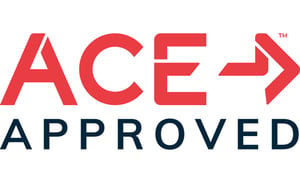 |
ACE | 1.60 | Expiring on December 31, 2025 |
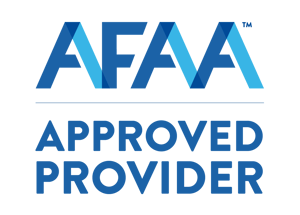 |
AFAA | 1.50 | Expiring on December 31, 2025 |
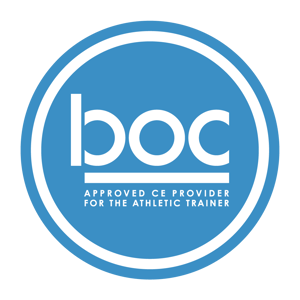 |
BOC | 13.50 | Expiring on December 31, 2025 |
 |
canfitpro | 4.00 | Expiring on December 31, 2025 |
 |
Colorado Physical Therapy License Board | 15.00 | Expiring on January 11, 2026 |
 |
GI | 15.00 | |
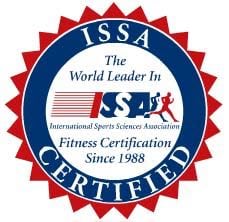 |
ISSA | 16.00 | Expiring on December 31, 2025 |
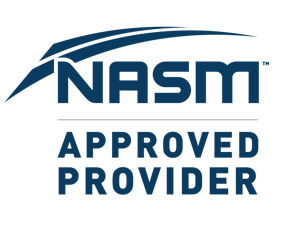 |
NASM | 1.50 | Expiring on December 31, 2025 |
 |
PTAG | 13.00 | Expiring on December 31, 2025 |
Learning Objectives
1. Describe the Chain Reaction Biomechanics of the golf swing
2. Describe the three-dimensional joint motions required for the Address, Back-Swing, Impact, and Finish.
3. Utilize the 4–part Dynamic Movement strategy
4. Select, based on the movement assessment, and patient subjective responses, the initial starting Path sequence and Phase.
5. Progress the golfing client through a Path sequence
6. Modify the FGS Path based on individual needs
7. Enhance the training program based on client success.
Course Procedure
- Enroll in the course.
- View the course content.
- Take the test. (You must score 70% to pass. If you do not pass, you may retake the test.)
- Print your certificate of completion.
Course Content
| Module 01 - Introduction | Module | ||
| Module 02 - Chain Reaction Biomechanics of the Golf Swing | Module | ||
| Module 03 - Organization | Module | ||
| Module 04 - Components of the Golf Swing | Module | ||
| Module 05 - Swing Signature | Module | ||
| Module 06 - Foundational Movement Ability | Module | ||
| Module 07 -The Backswing and Finish Transformational Zones | Module | ||
| Module 08 - Impact Performance Zone | Module | ||
| Module 09 - Position - Specific Motion Buffers | Module | ||
| Module10 - Authentic Golf-Specific Movements | Module | ||
| Module 11 - Movements Organized into six Program Paths | Module | ||
| Module 12 -Warm-up Path | Module | ||
| Module 13 - Body Goal Path | Module | ||
| Module 14 - Swing Position Path | Module | ||
| Module 15 - Full Swing Path | Module | ||
| Module 16 - Endurance Path | Module | ||
| Module 17 - Recovery Path | Module | ||
| Module 18 - Customization | Module | ||
| Module 19 - Range Drills | Module | ||
| Module 20 - Congratulations | Module | ||
| FGS Evaluation | Module |